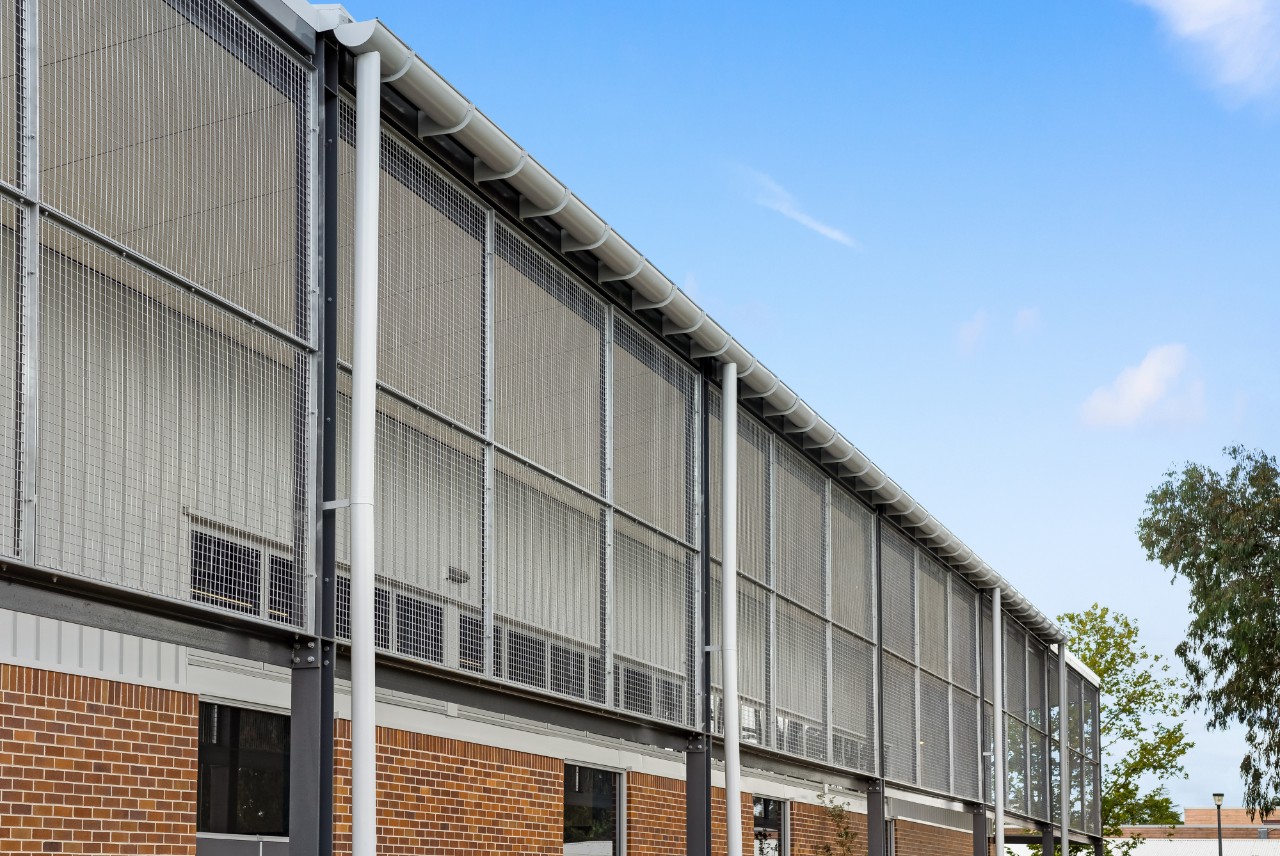Air Conditioning
Air conditioning in classrooms and libraries
The smart air conditioning systems provide the best possible learning environments for our students and deliver benefits beyond air cooling. These benefits include better air quality and comfort and increased awareness of sustainability and energy use.
The NSW Department of Education has prioritised the installation of air conditioning systems across the state. We install reverse cycle air conditioning in eligible permanent learning spaces and libraries. Where we install reverse cycle air conditioning, existing unflued gas heaters will be removed. If and where we need to, supplementary flued gas or electric heaters will be retained or installed.
Where schools have a mean maximum January temperature at, or above 30 degrees, we will install air conditioning in classroom and library spaces that do not currently have any air conditioning installed, and we will replace existing air conditioning systems in eligible spaces where deemed appropriate. If a classroom has air conditioning that works, then we would not remove and replace it. There are approximately 600 schools across NSW, and funding must be prioritised to meet the needs of students. We’re also conscious that students in other areas may also be experiencing hot conditions that are unique to their school or local area.
Temperatures
To determine which schools are eligible, we use the Bureau of Meteorology’s (BoM) mean maximum January temperature data as it is the hottest month of the year. The data is assessed as an average over a 20-year period, which allows for peaks and troughs to be accounted for in the results. BoM is Australia’s national weather, climate and water agency and provides reliable and expert data on the long-0term monitoring of temperatures in NSW.
Benefits beyond cooling
Year-round comfort
Reverse-cycle air conditioning units will cool in the summer and heat in the winter for year-round comfort.
Fresh air
In addition to cooling and heating, the systems will supply fresh air to avoid stuffy environments.
Improved air quality
When additional fresh air is needed to boost indoor air quality, the systems will alert teachers and students.
Optimising comfort
The systems are fully programmed to provide the optimal environment for any season with the touch of a button.
Promoting sustainability
Schools will install renewable energy sources – such as solar – to limit our environmental impact.
Promoting awareness
Through smart-monitoring, teachers and students can learn how to minimise their energy use.
Reduced energy usage
Air conditioning will automatically shut off after 2 hours.
Bringing the outside in
Monitors notify teachers and students when the weather outside is optimal for opening windows.
Success story

Jamison High School
Jamison High School received air conditioning and fresh air ventilation in 34 permanent learning spaces and 1 library area, plus 38kW of solar panels to offset the increased power usage with renewable energy.
How to get in touch with us

